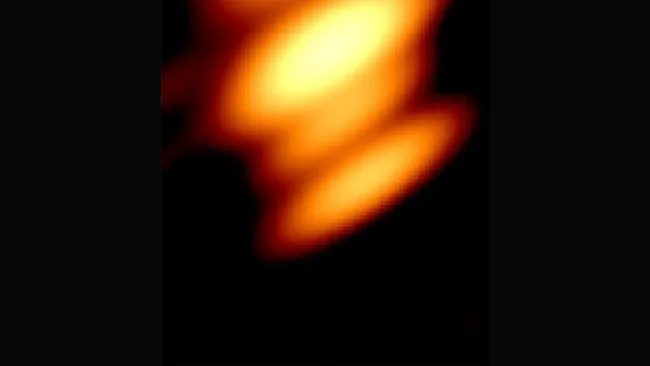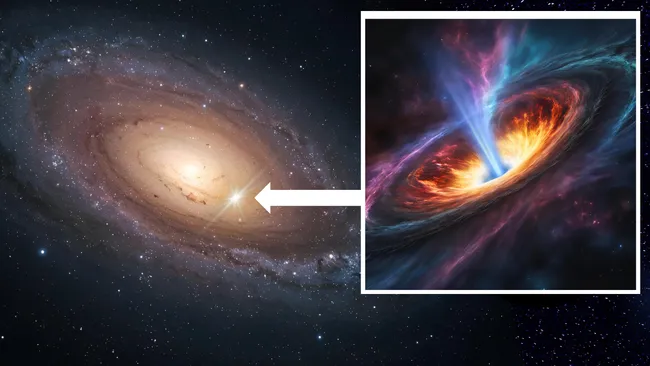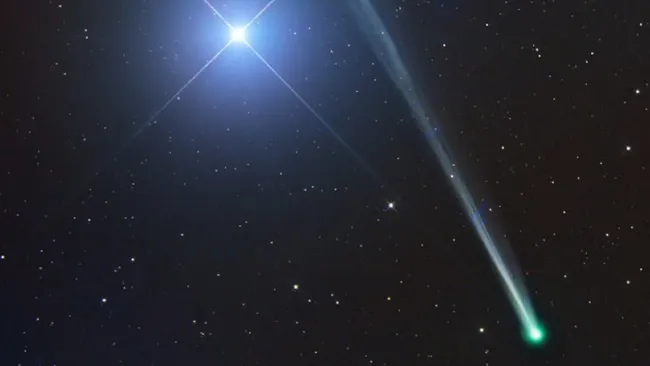NASA’s Perseverance Mars rover recently captured something extraordinary streaking across the Martian night sky.
On Saturday (Oct. 4), Perseverance’s Right Navigation Camera (Navcam) recorded an image showing a luminous streak above the Red Planet. Interestingly, this date coincided with the predicted closest approach of interstellar comet 3I/ATLAS, according to the European Space Agency (ESA).
However, NASA and the Jet Propulsion Laboratory (JPL)—which built and operates Perseverance—have yet to confirm whether the image indeed depicts comet 3I/ATLAS. Because of the ongoing U.S. government shutdown, it remains unclear whether NASA currently has the staff to release an official statement.
Previously, NASA stated that Perseverance was among its instruments designated to observe the third-known interstellar comet as it travels through our solar system.
Some speculation on social media claimed the cylindrical shape of the object in the image could indicate an alien spacecraft. Scientists, however, have dismissed this theory.
Avi Loeb from the Center for Astrophysics | Harvard & Smithsonian explained on his blog that the elongated, stripe-like appearance was caused by the long exposure integration time of the Navcam composite image. During this period, comet 3I/ATLAS moved across the Martian sky.
“The stripe in the Navcam image must have resulted from stacking hundreds of Navcam images over a total time interval of about 10 minutes,” Loeb wrote. “3I/ATLAS would have appeared as a circular spot in a single snapshot, which has a maximum exposure time of 3.28 seconds.”
Currently, comet 3I/ATLAS is passing near Mars after making its closest approach at a distance of 18.6 million miles (30 million kilometers) on October 3. ESA confirmed that its Mars Express and ExoMars Trace Gas Orbiter (TGO) spacecraft were scheduled to observe the event.
NASA has already utilized the Hubble Space Telescope and James Webb Space Telescope (JWST) to capture stunning images of the interstellar comet and analyze its composition as it travels through the solar system.
The agency had also planned to use additional spacecraft for further study, including TESS, Swift, SPHEREx, the Mars Reconnaissance Orbiter, the Curiosity rover, and the Europa Clipper probe.
It remains uncertain how the U.S. government shutdown will affect these missions, as NASA’s communication offices are closed and around 15,000 employees—over 80% of its workforce—have been furloughed while Congress continues to debate the new funding bill.







